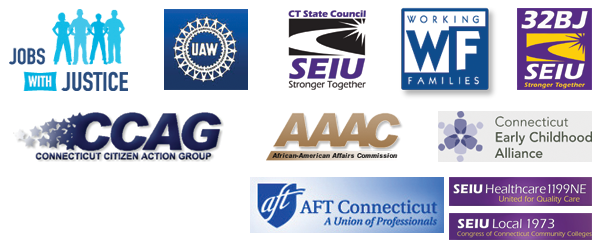COMPARISON OF General public HUMAN Useful resource Management Between CHINA AND United states of america IN NOWADAYS
Studies into human useful resource (HRM) practices have underscored the value of countrywide society in influencing HRM practices. These procedures transcend multinational firms also, the corporate world to community human resource methods, influencing the surprisingly working from the community provider. Also, on the modern environment, the citizenry needs governments for being efficient like a signifies of ensuring social welfare and countrywide development. Below this kind of criteria, countrywide lifestyle and aspirations are instrumental in driving community human resource procedures. This is evident during the comparison of community human source administration methods around China and Usa.
At the center of HRM are consumer gratification, staff competence and an enhanced base line. The two China together with the U.S. have adopted purchaser and personnel centric HRM versions to make sure that the main uses of HRM. In making use of these brands, the cultural environment in the two nations plays a necessary position. The Chinese design, granted the emphasis on particular relationship inside the chinese society, entails the reflection of this, and for that reason has HRM administrators emphasizing around the need to get for this kind of own relations. Beneath this design that’s why, the Chinese desire respect and trust from workers, specially the junior staff members in the direction of people of upper positions. The Chinese public HRM model due to this fact gears in the direction of keeping interpersonal partnership, belief and respect for authority and hierarchy.
On one other hand, the US is basically an individualistic modern society. Using a selection of folks from totally different cultures, the diversity inside cultural location due to this fact calls for the adoption of dynamic and flexible HRM practices, which often can easily cater into the demands from the various needs of the staff and visitors with the community services. Because of this, even while the traditional see of labor in the U.S. looked at succeed being a calling from God, the present stage of variety on the country has amended, in lots of options, this perspective of work into a secular design. Immediately hence, HRM techniques desire folks to operate in line with their specialized competence and need. With the emphasis on respect, self-restraint and harmony in spite of this, the Chinese design, even around the general public sector, entails spouse and children ties also, the acceptance of bribery and tributes being a present of regard. The U.S. community program frowns upon such tactics (briber) entertaining the idea of concept unprofessional and unethical, and so discouraged in its HRM tactics.
Workforce diversity is an dilemma current in both nations. Even as the U.S. needs to offer with variety in tradition, race and ethnicity, China must offer with regional multiplicity in its workforce. Inside equally countries, the range brings with it issues of discrimination in wages, employment and http://essaytrust.com/term_paper upward social motion. China notably incorporates a condition with upward social motion as a result of its cultural orientation, and while it’s always attainable, it is a bit more hard as compared with the U.S. The two public HRM procedures hence ought to unearth tips of controlling these variations, and make sure the harmonization of the employees less than these situations. This, the supervisors ought to do by adopting non-discriminatory practices, a inescapable fact that may be difficult to put into practice, especially in China with its Confucian principle of firm dealing. For the U.S., community supervisors needs to be able to appear beyond race, tradition and ethnicity in rendering companies along with in assessing staff members for promotions or wage increases. As a result, despite the fact that the puritan and protestant ethic dominate general public HRM tactics from the U.S., treatment ought to be taken to be sure that supervisors commonly are not swayed by unique discriminative tendencies.
